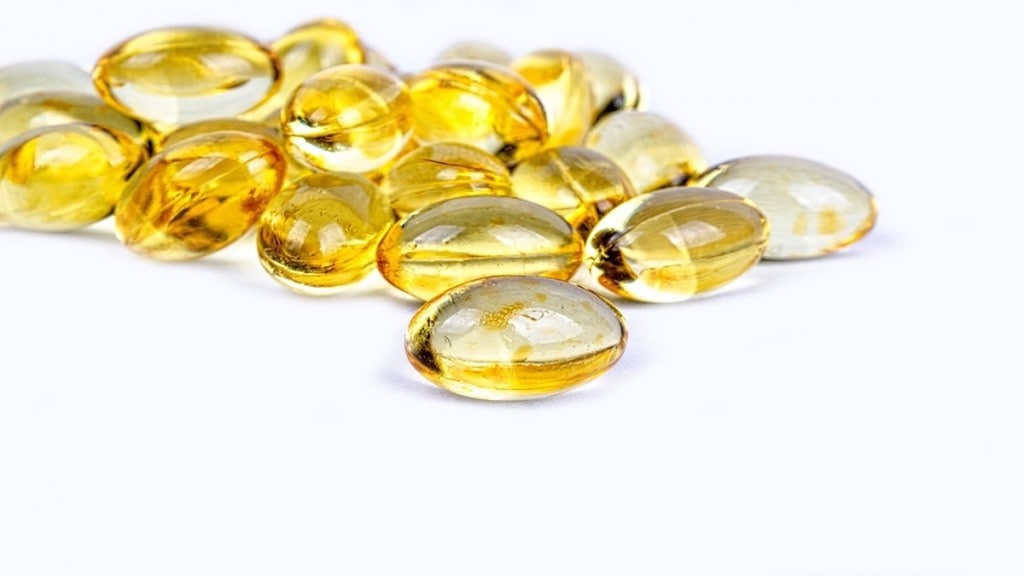Vitamin D popularly known as the sunshine vitamin is vital in the development of strong bones, healthy immune systems as well as general body functionality. Luckily, there is a way to get enough of this vitamin naturally, however, during the winter or in countries with bad weather, it’s not that easy.
Recommended Sunlight Exposure for Vitamin D in winter
In winter, when ultraviolet radiation is weaker, it is advised to take 15-30 minutes of sun exposure on arms, hands, or face several times a week. According to Dr. Simon Grant, trustee and physician, Ruby Hall Clinic, Pune, under typical conditions, even during winters, in India most of the areas get some exposure to sunlight; though the intensity of the sunlight may be considerably low. Those who reside in the northern states or regions that experience foggy winters may require more time or find other ways to address their concerns.
Factors Influencing Vitamin D Synthesis
The amount of sunlight needed for sufficient vitamin D production varies depending on several factors:
- Skin Tone: People with darker complexion, characteristic of Indians are mostly melanin in complexion, which hampers the skin’s ability to synthesize Vitamin D. This means they may get used to suffering more light than those with lighter skin; people with dark skin are known to need more sunlight in most instances.
- Age: The ability of older adults to synthesize vitamin D is reduced, probably because of decreased 7-dehydrocholesterol in their skin. Perhaps they require more dosage or focus more on the intake of supplements.
- Clothing and Lifestyle: In Southeast Asian countries like India, women wear sarees, and burqa that hide much of the skin and are out of doors for only a short duration in mid-morning or the evening. Urban life also restricts daily movement and as such reduces the time one spends under the sun.
- Air Pollution: Alas, if you are living in polluted cities, UVB can hardly affect deeper layers of the skin, and thus vitamin D production is at stake.
The Food Sources and Supplements as Alternatives
In the situation of a lack of natural vitamin sources, the daily amount of vitamin D must be compensated with food and supplements. According to Dr. Grant, in India, natural food sources of vitamin D are limited, but the following options can help:
- Fortified Foods: Low-fat and fortified dairy products such as milk, cereals, and orange juices are more commonly found and can provide nutrients.
- Natural Sources: Other sources include fatty fish such as salmon, mackerel, and sardines even though they are not very popular with the Indians.
- Supplements: Vitamin D3 supplements are very efficient, particularly for people who rarely go to areas where they can get exposed to sunlight. Current dietary intake guidelines for adults are 400-800 IU per day or more if a person has been diagnosed with a deficiency.
Risks of Vitamin D Deficiency
Deficiency of Vitamin D is a common problem in India including areas with sunny weather. During winter or in areas with limited sunlight, the risks are magnified and include:
- Bone Disorders: It has been found that vitamin D deficiency can cause rickets in infants and children; osteomalacia and osteoporosis in adults.
- Weakened Immunity: Decreased vitamin D levels threaten immunity and people with such levels are likely to fall sick.
- Chronic Diseases: Some newer claims associate vitamin D deficiency with diseases like diabetes, cardiovascular diseases, and even depression.
How to Get Enough Vitamin D without Getting Sun Exposure?
If sunlight exposure is not feasible, here are some alternatives:
- Supplements: The most effective approach for preventing a deficiency is to have the doctor prescribe vitamin D supplements to be taken every day. Regular Testing and daily supplementation with vitamin D and regularly checking the blood levels of 25-hydroxyvitamin D can ensure sufficient levels of vitamin D in the body.
- Increased Awareness: It is important to aspire to enhance the communities’ knowledge of vitamin D and the necessary alterations in diet and lifestyles. In India, ensuring optimal vitamin D levels during winter or in low-sunlight conditions requires a combination of strategies tailored to individual needs. While sunlight remains the most natural source, factors like skin tone, age, and pollution necessitate supplementation or dietary interventions.
Consulting with healthcare professionals for personalized advice can help prevent deficiencies and ensure overall health throughout the year, Dr. Grant said.

